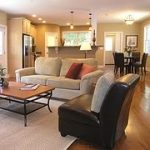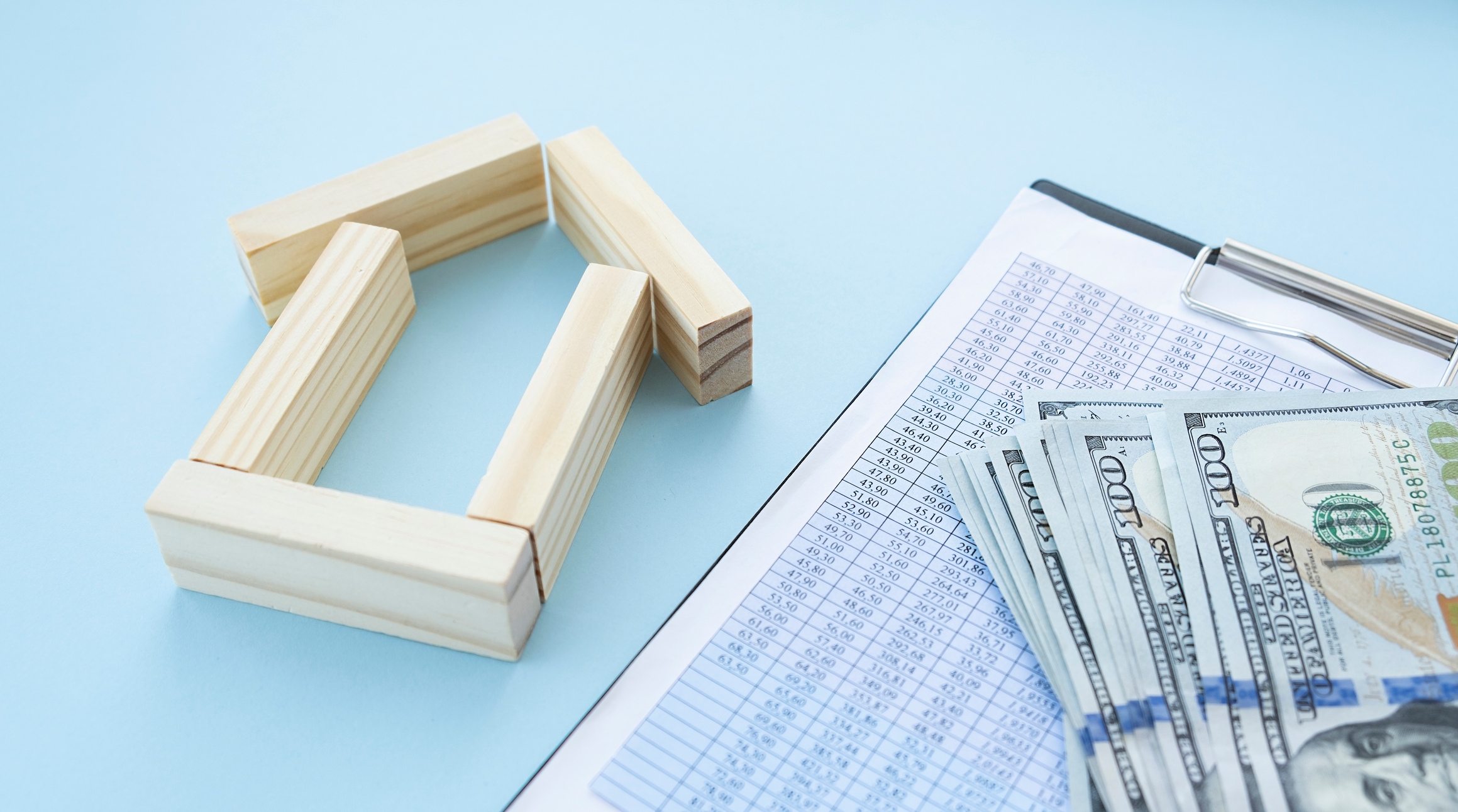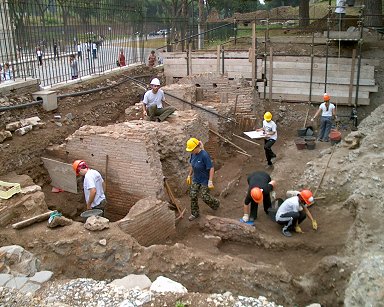While there’s certainly many stunning homes for sale on today’s market that could readily accommodate you and your family, there is absolutely no property that can compare to the one you design and build yourself. When you make the decision to build instead of buy, you are setting your senses free and bringing your dreams to fruition. As a home builder, you decide upon every detail ~ creating a home that authentically reflects your unique tastes, your lifestyle, and your personal values. There’s an art and science to building an ideal home; here’s some things to consider to ensure the experience is a stress-free and joyful one:
Invest Up Front
Hiring a great architect or home planner is an investment that will pay off in the long run. Sure, you can buy a set of plans off the Internet, but then you need someone to read those plans, decipher your changes, and figure out what to do when problems arise. By investing in a good architect, you have a professional who can take your ideas, suggest meaningful changes, and turn your dream home from a fantasy into a reality.
Construction Material
One of the first things to consider when designing your ideal house is the type of construction. Standard options include wood, cement block, and brick. Cement block and brick are theoretically the longest-lasting options, but they are labor-intensive and can drive the price of construction through the proverbial roof. Wood is not only cheaper, but also easier to find builders who are experienced in the use of wood.
Hire a General Contractor
Unless you are an experienced builder, you need someone who knows what they are doing to oversee construction. Check your state’s registrar of contractors and the Better Business Bureau to get some good recommendations, and then interview them until you find someone you are comfortable with. A good general contractor will keep the build as close to schedule as possible and you only have to collaborate with one person.
Orientation
There’s nothing worse than having the walls of your beautiful new home up and discovering that your big new picture window is going to provide a wonderful view of the local landfill. Take some time and work with your architect to take full advantage of what your lot has to offer. You may not have a million dollar view, but an experienced home planner can orientate your house to take advantage of what you do have.
Size
As a young couple starting out, you may not need or want a 3,000 square foot home with four bedrooms. But if you plan on staying in this home for an extended period of time, this is an opportunity to discuss children. Conversely, if you’re a seasoned couple with grandchildren and excited to embrace your retirement, think about downsizing and creating a comfortable home where you can create wondrous new memories.

Interior Layout
This is another chance to use the experience of an architect when designing your new home. Placing the kitchen all the way across the home from the garage may seem like a good idea, but it’s not so much fun when you have to tote the weekly groceries through the living room. Decide if you want all the bedrooms on one end of the house, or if mom and dad need a little privacy. The placement of bathrooms is an aspect where you can save on plumbing if the layout is efficient.

Finishing Material
Realize that most construction projects do go over time and budget. If you have a specific amount of money to finish your home and are set on marble countertops, a commercial refrigerator, and a chef’s gas stove, be prepared for an investment. Budget your funds before you build so that you can fill your ideal home with the finishes and features you always imagined. Since you’re building your home, you can’t compromise on the finishes. Keep 15% of a reserve fund aside so you can detail your home in style.
Landscaping
Landscaping usually gets down after your home is built; so, it’s also common to not have a lot of extra funds still available. Consider starting with a simple plan that uses some grass seed or inexpensive rock. Plant some flowering bushes 5-10 feet away from the house to allow for growth. If you do plant trees, consider that the size of the root system will equal the eventual size of the canopy. Keep it at least that far away from any underground utilities and sewer lines. If you have hills surrounding the home, invest in some ground cover plants to help stop erosion. Talk to a landscape architect about any washes that are on your property. Filling them in may be illegal, but it’s also pointless. Water has a mind of its own.
Christine is the Content Marketing Coordinator for Homes.com. She's a small town girl at heart, who currently lives in Norfolk, VA with her husband and their fur baby. When she's not working, she enjoys cooking, decorating, traveling, and binge watching Netflix. As a proud Virginia Tech alum, she also loves cheering on the Hokies!

















